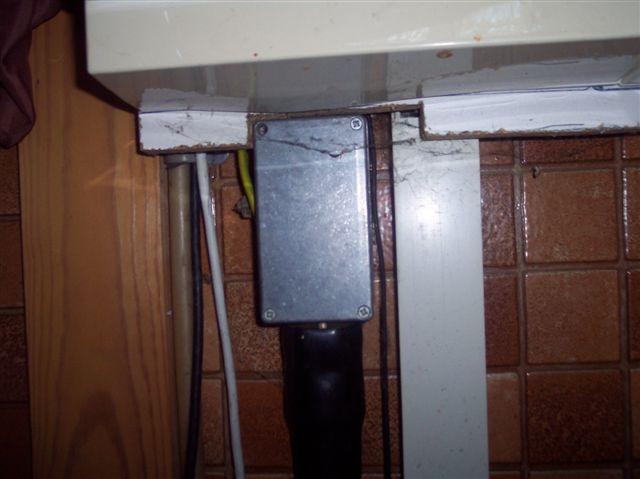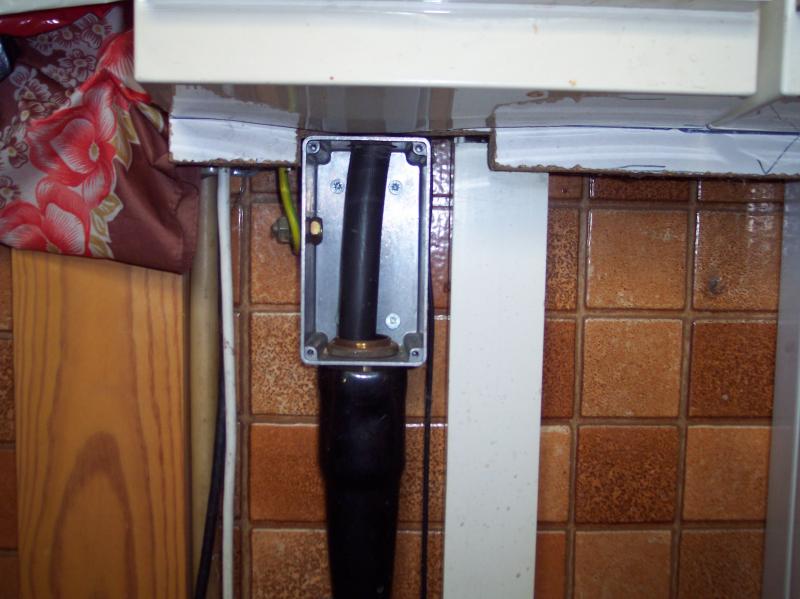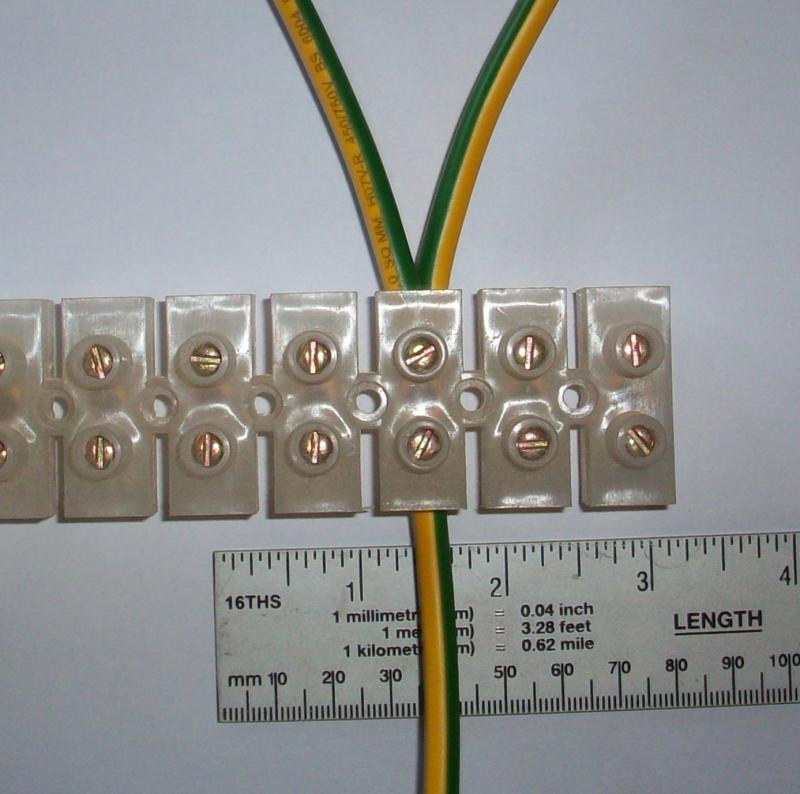It's not a matter of the size of the cores - it's the number of them. In other words, the choice is between taking two sets of SWA cores into the CU or just taking one set of cores (as T+E or singles) from a 'JB' into the CU.
Ah, I'd forgotten about there being two cables.
It's arguable which is better - design wise. Taking the two sets of tails into the CU and terminating them into the existing terminals/terminal bars - or create an extra set of joints.
And 3off 30mm^2 of cable aren't trivial joints to stuff into a small adaptable box.
and nothing qualifies as a circuit if there's no upstream OPD.
But there always is one, even if it's the service fuse.
Not if the cable isn't connected to anything - that was my point.
The OP is proposing that he install some cabling and CUs, but not connect the submain to any supply. Therefore according to the definition in the BRB/BGB there is no circuit, therefore no
new circuit, therefore not notifiable.
There will only be a new circuit when the qualified sparky comes along and connects that SWA into a supply. That then brings up a question as to what the sparky would be certifying when he does the notification.
If he certifying the whole downstream installation, or is he just certifying the work he's been contracted to do (connect exiting SWA into supply) ?
And of course, what of the stuff connected to the new CUs ? If there's no supply connected, do those qualify as new circuits yet ?




